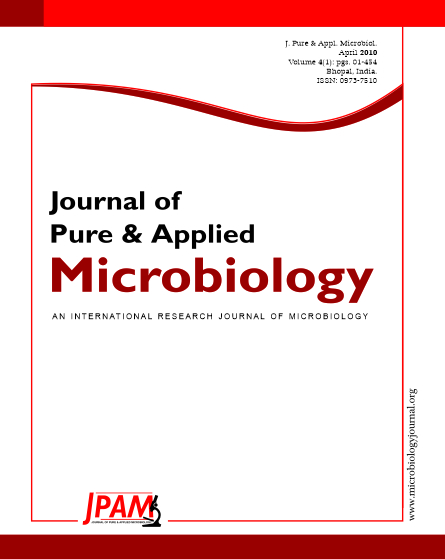The objective of this work is to isolate and screen antibiotic producing psychrophilic Actinomycetes and to find out their antimicrobial activity against Streptococcus by agar well diffusion method. The antibacterial activities of isolated actinomycetes were found against S.mutans and S.oralis. Six Actinomycetes were isolated from the soil sample through crowded plate technique and identified as Intrasporangium sp, Dactyl sporangium sp, Micromonospora sp, Streptoverticilium sp and two Streptomyces sp.The bacterial species were isolated from fifty of tooth samples which are collected from the dental hospital and identified as S. mutans and S.oralis. The isolated Actinomycetes exhibits different in the way of utilization of Indole, MR, VP, citrate, nitrate reduction, starch hydrolysis, oxidase, catalase and utilization of sugar.The identification of test pathogenic bacteria is confirmed by haemolytic activity on blood agar plates and biochemical tests. The test organism S.mutans is highly sensitive to Dactylsporangium sp and the S.oralis sensitive to S.purpurens. The Dactylsporangium sp produce pertinacious substance which is responsible for antimicrobial activity. Other strains are producing non pertinacious substance. the work is extended to find out the structure of the isolated compounds.
Psychrophils, Actinomycetes, Tooth decay, ZOI, Muller hinton agar, MBS broth
© The Author(s) 2010. Open Access. This article is distributed under the terms of the Creative Commons Attribution 4.0 International License which permits unrestricted use, sharing, distribution, and reproduction in any medium, provided you give appropriate credit to the original author(s) and the source, provide a link to the Creative Commons license, and indicate if changes were made.


